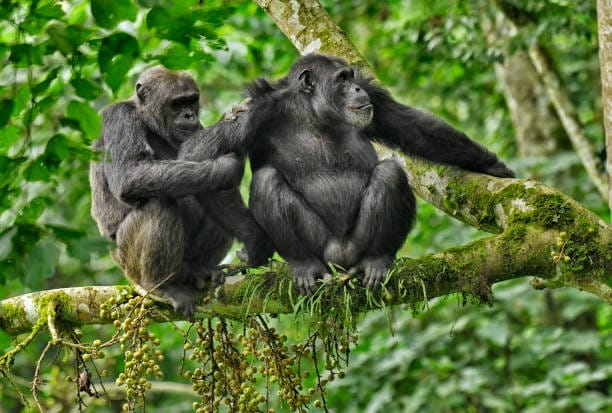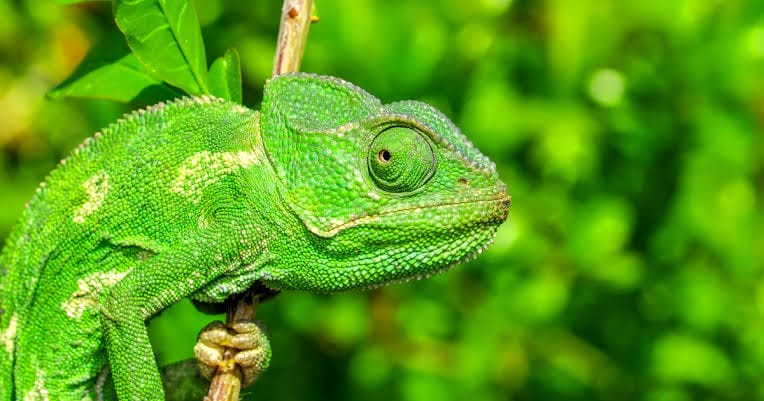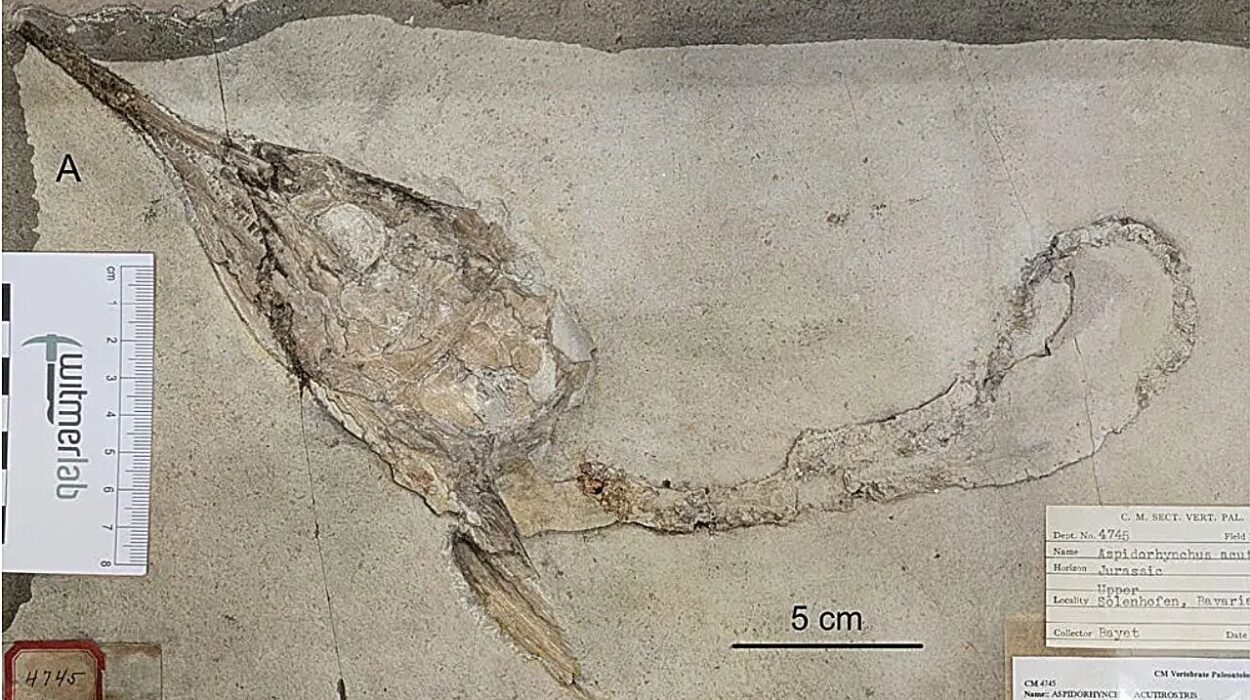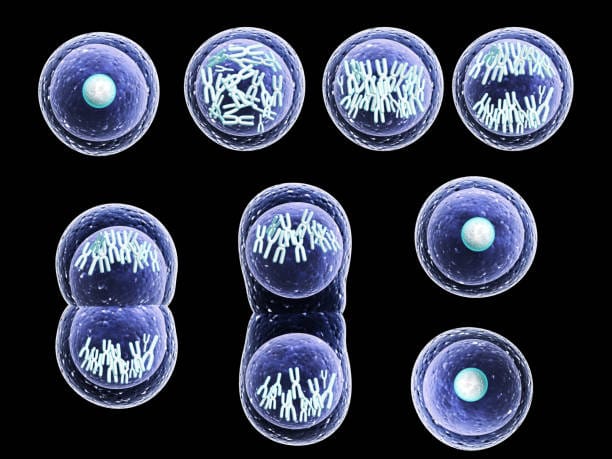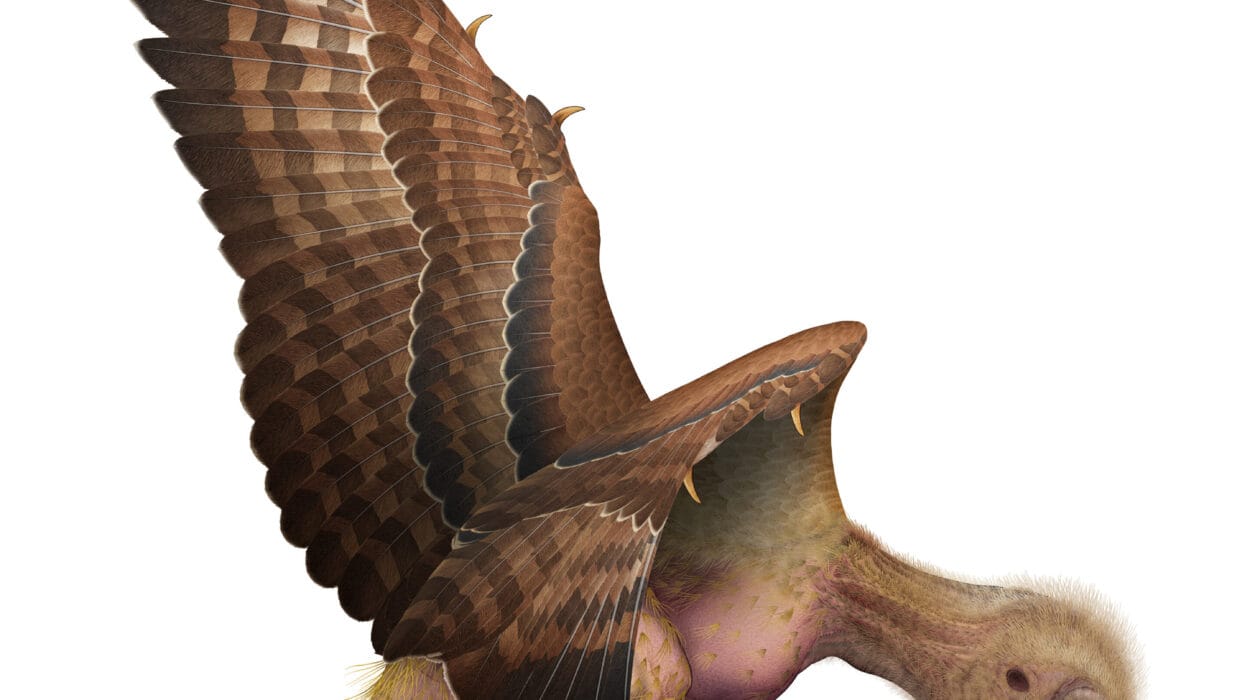On a quiet savanna, an elephant gently touches the bones of a fallen companion with its trunk, lingering as if paying respect. In a bustling city park, a dog leaps into the arms of its returning owner, tail wagging furiously, eyes shimmering with joy. In the ocean depths, a pod of dolphins mourns a lost calf, refusing to leave its side. These scenes capture something profoundly moving—a shared emotional life that transcends species boundaries.
For centuries, humans believed emotions were uniquely ours. Animals, it was thought, operated purely on instinct, like biological machines responding to stimuli. But as science advances, this view has crumbled. From complex brain studies to heartwarming observations in the wild, we now know that animals experience rich emotional worlds. They feel joy, fear, anger, grief, empathy, and perhaps even love—not in ways identical to humans, but in forms deeply meaningful to them.
Understanding animal emotions doesn’t just satisfy curiosity. It challenges our ethics, reshapes conservation, and deepens our connection to the living world. To explore this is to journey into the very heart of what it means to feel—and to recognize that we are not alone in this capacity.
The Birth of a Revolutionary Idea
In the Victorian era, as science blossomed and industrialization reshaped the world, a quiet revolution began in how people thought about animals. Charles Darwin, renowned for his theory of evolution, dared to suggest something radical in his 1872 book The Expression of the Emotions in Man and Animals. Darwin proposed that emotions are not uniquely human but evolved traits shared across species. Fear, joy, anger, and affection had survival value long before humans walked the earth.
Darwin observed animals closely: dogs baring teeth in aggression, cats arching backs in fear, primates hugging in comfort. These expressions, he argued, mirrored human emotional displays because they stemmed from common evolutionary roots. Though controversial at the time, Darwin planted a seed that would grow into modern affective science—the study of feelings and emotions in living beings.
Yet for much of the 20th century, behaviorism dominated psychology, treating emotions as unscientific and anthropomorphic. Animals were studied as black boxes of stimulus and response, stripped of inner experiences. It wasn’t until neuroscientific breakthroughs and ethological observations decades later that the idea of animal emotions returned with scientific force.
Peering into the Emotional Brain
Modern neuroscience has opened a window into the minds of animals, revealing that many species share strikingly similar brain structures and chemistry with humans. The limbic system, central to processing emotions, exists in mammals and birds, with regions like the amygdala and hippocampus playing familiar roles in fear, memory, and attachment.
Neurotransmitters like dopamine, serotonin, and oxytocin—chemicals linked to pleasure, happiness, bonding, and trust—operate across species. When a dog sees its beloved human, oxytocin surges just as it does in a mother gazing at her baby. Rats given access to playmates release dopamine, experiencing social joy. Elephants produce stress hormones when separated from their herds, showing biochemical signs of grief.
Functional brain imaging has taken this further. Studies on monkeys and dogs reveal activation in brain areas analogous to human emotional circuits when they experience reward or distress. Remarkably, when dogs hear their owners’ voices, the same auditory-emotional regions light up as in human brains hearing loved ones.
These findings dismantle the old notion of animals as emotionless automatons. The biological machinery of feeling is ancient, woven into the fabric of life long before humans evolved language or reason.
Fear: The Universal Survival Emotion
Among all emotions, fear is perhaps the most fundamental, ensuring survival across species. From a tiny mouse freezing at a predator’s scent to a wildebeest fleeing a lion’s charge, fear triggers instinctive, life-preserving reactions.
Neuroscience shows that fear arises from the amygdala, a structure conserved in vertebrates for hundreds of millions of years. When danger is sensed, stress hormones flood the body, sharpening senses, increasing heart rate, and priming muscles for fight or flight. Even fish and amphibians display fear behaviors, suggesting its ancient evolutionary roots.
But fear in animals is not only reflexive. Experiments reveal they remember fearful events, avoid danger in future contexts, and even show anticipatory anxiety. Chickens demonstrate distress when separated from companions. Horses shy away from places associated with past pain. These are not mechanical responses but experiences with emotional depth.
Joy and Play: The Spark of Happiness
If fear is primal, joy is no less profound. Watching young animals at play—puppies tumbling, ravens sliding down snowy roofs, dolphins leaping in synchrony—leaves little doubt that many species experience something akin to happiness.
Play behavior, studied extensively by neuroscientist Jaak Panksepp, activates brain reward systems. In rats, rough-and-tumble play triggers high-pitched chirps, a sound interpreted as laughter. Blocking dopamine reduces this joyful vocalization, while stimulating play circuits restores it. This demonstrates that joy is neurologically ingrained, not merely human projection.
Social joy is equally widespread. Primates groom each other not only for hygiene but for bonding and contentment. Elephants trumpet excitedly during reunions after long separations. Orcas display exuberant behaviors when interacting with pod members. Such displays, driven by pleasure systems in the brain, highlight joy as a social glue vital for cooperation and cohesion.
Grief and Mourning: The Shadows of Love
Where there is love, there is the possibility of loss—and grief is perhaps the most stirring evidence of animal emotion. Numerous species exhibit behaviors resembling mourning when companions or offspring die.
Elephants are renowned for their funeral-like rituals, lingering over bones of deceased herd members, caressing them with trunks, and showing subdued demeanor for days. Dolphins and whales have been observed supporting dead calves at the surface, as if unwilling to let go.
In primate groups, mothers sometimes carry the bodies of deceased infants for weeks, gradually adapting to the loss. Captive birds, like parrots, have shown signs of depression when long-time partners die, refusing food and withdrawing socially.
Neuroscientific evidence supports these observations: social animals release stress hormones during bereavement, and brain regions tied to attachment become hyperactive. These parallels to human mourning suggest grief is not a uniquely human tragedy but a shared consequence of deep emotional bonds.
Empathy: Feeling with Others
Empathy—the ability to sense and respond to another’s emotional state—was once seen as the pinnacle of human morality. But mounting evidence reveals it flourishes in many species.
Experiments with rats show they will work to free trapped companions, even forgoing treats to help others. Chimpanzees console distressed group members with hugs and gentle touches. Bonobos share food and comfort strangers, showing altruism beyond kinship.
Dogs, famously attuned to human feelings, often approach and nuzzle people who are crying or upset. This behavior is not mere conditioning; studies demonstrate that dogs detect emotional cues and experience corresponding physiological changes, suggesting genuine empathetic responses.
Mirror neurons—brain cells that activate both when performing an action and when witnessing it in others—are found in primates and possibly other mammals, providing a neural basis for shared feelings. Empathy likely evolved to strengthen social bonds and cooperation, crucial for survival in complex communities.
Love and Attachment: Bonds That Last
Love, in its biological sense, is an attachment system forged by evolution to maintain bonds between mates, parents, and offspring. Oxytocin and vasopressin, hormones linked to bonding in humans, play similar roles in other mammals and even some birds.
Prairie voles, a monogamous rodent species, form lifelong pair bonds cemented by oxytocin surges during mating. Removing this hormone disrupts attachment, while boosting it fosters devotion even without mating. Elephant herds are structured around enduring familial ties maintained through touch, vocalization, and coordinated care.
Parental love is equally powerful. Mother bears ferociously protect cubs, penguins endure months of starvation to incubate eggs, and many bird species risk death to feed their young. These sacrifices arise from emotional bonds rooted in ancient neural circuits, echoing human parental devotion.
The Inner Lives of Birds, Fish, and Beyond
While mammals share obvious parallels with human emotion, other classes of animals also reveal feeling minds. Birds, with their advanced cognitive abilities, exhibit playfulness, problem-solving, and strong social bonds. Parrots grieve lost partners, and crows hold what appear to be funerals for fallen kin.
Even fish display behaviors hinting at emotions once thought impossible for them. Zebrafish and trout show anxiety-like responses to stress, mitigated by antidepressant drugs similar to those used in humans. Cleaner wrasse fish recognize themselves in mirrors, suggesting self-awareness—a foundation for complex feelings.
These discoveries challenge traditional hierarchies of consciousness, painting a picture of emotional life as a continuum across species, shaped by evolutionary needs and ecological contexts.
Animal Communication: The Language of Feelings
Understanding animal emotions also means understanding how they express them. Body language, vocalizations, and chemical signals form rich emotional languages in nonhuman species.
Dogs use tail positions, ear movements, and facial expressions to signal excitement, fear, or submission. Cats purr not only in contentment but also to soothe themselves when in pain. Dolphins whistle individually unique calls—names—that strengthen social bonds.
Chemical communication adds another layer. Ants release pheromones signaling alarm, guiding collective defensive behavior. Rodents emit scent cues indicating stress or comfort. These channels of expression reveal that animals not only feel emotions but actively share them, coordinating group survival and social harmony.
Ethical Implications: Rethinking Our Relationship with Animals
Acknowledging animal emotions transforms how we treat other species. Factory farming, entertainment industries, and habitat destruction cause immense suffering not to insensate beings, but to creatures capable of fear, grief, and joy.
Legal systems worldwide are slowly adapting. Some countries now recognize animals as sentient beings rather than property. Welfare standards increasingly consider psychological well-being, not just physical health. Conservation efforts acknowledge that preserving social structures, not just individuals, is crucial for emotionally complex species like elephants and primates.
On a personal level, understanding animal feelings deepens bonds with companion animals and inspires empathy toward wildlife. It challenges the notion of human superiority, inviting humility in the face of shared sentience.
The Future of Animal Emotion Science
Research on animal emotions is still unfolding. Advances in neuroimaging, genetics, and behavioral science promise deeper insights into how feelings arise and vary across species. Artificial intelligence may soon decode animal vocalizations, translating emotional states in real-time.
Philosophically, we may never fully know what it is like to be another species. A bat’s joy in echolocation or a whale’s sorrow in ocean depths may elude human imagination. Yet science steadily narrows this gap, revealing commonalities that unite life.
As we learn more, a new vision of the animal kingdom emerges—not as a mechanical hierarchy below humans but as a vibrant community of emotional beings sharing the planet. Recognizing this may be one of humanity’s most profound steps toward ethical maturity.
The Heartbeat of a Shared Existence
When we gaze into the eyes of a dog, watch elephants embrace, or hear birds sing at dawn, we are witnessing more than instinct—we are glimpsing a tapestry of feelings woven through evolution. Emotions are not a human invention; they are the language of life itself, pulsing in brains, hormones, and social bonds across species.
Science has shown that fear, joy, love, grief, and empathy are not confined to humanity. They ripple through ecosystems, guiding survival and shaping connections. To understand this is to recognize that our world is alive with emotion, richer and more interconnected than we ever imagined.
In acknowledging animal feelings, we find a mirror reflecting our own. Their joys remind us of wonder; their grief, of love’s cost; their empathy, of shared bonds beyond words. The science of animal emotions ultimately tells a story not just about them, but about us—a story of kinship in the grand, feeling-filled journey of life on Earth.
